Spinal conditions
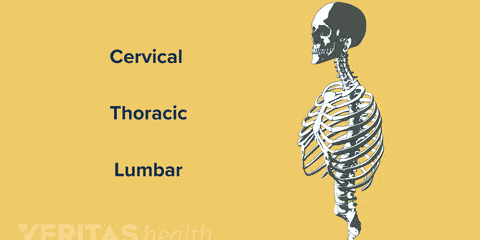
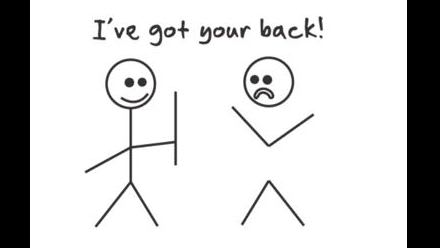
It finishes around L1 to L2 forming the conus medullaris. The horse tail shaped group of nerves past the conus medullaris is the cauda equina.

The sneaky bit is that there are only 7 cervical vertebrae but 8 cervical spinal nerves.
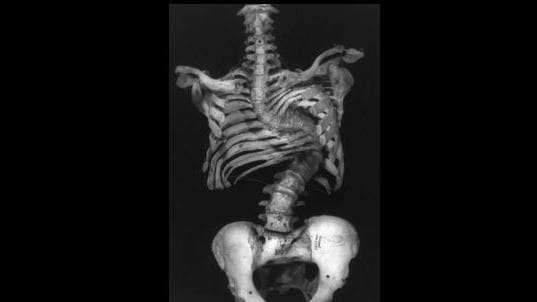
Shows severe scoliosis.
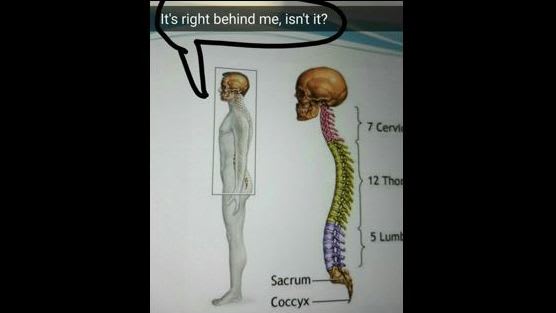
Spinal shock is different. It is like a concussion of the cord and is a reversible dysfunction of the spinal cord after injury. You generally do not get the cardiovascular manifestations that you see in neurogenic shock (vasodilation and bradycardia).
He was taking a jump and fell over the front of the horse landing perpendicularly on his head (he was wearing a helmet). He fractured C1 and C2 and had a near complete injury to the cord.
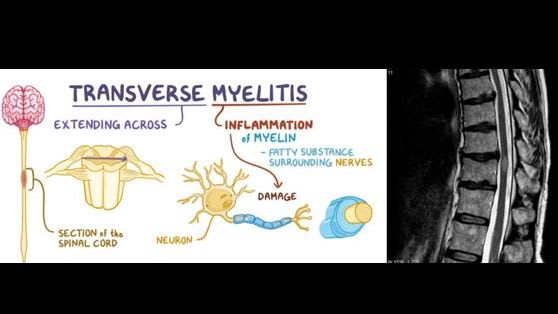
Often the cause is not known. More common causes identified are post viral, post vaccination and in people with malignancy.
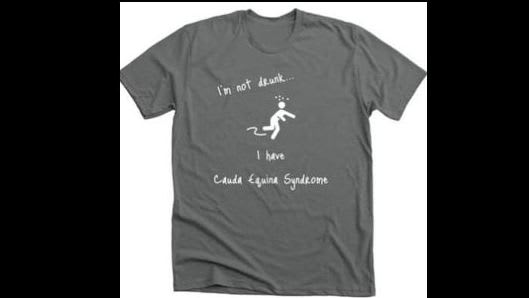
It is most commonly caused by a large central lumbar disc prolapse. Typically there is back pain, saddle +/- genital paresthesia, bladder or bowel dysfunction and sciatica. Quite often it is incomplete so you have to remain suspicious. Epidural abscesses are an important cause to remember. Requires urgent surgical decompression.

Bladder or bowel distention are the most common precipitating causes. Components of treatment include removing constricting clothing, addressing bowel and bladder distention and pharmacologically dropping the BP (eg Nitrate spray or topical initially).
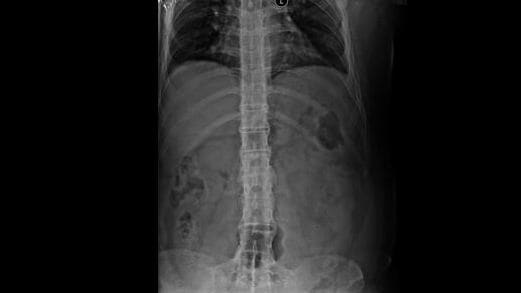
This is the "bamboo spine" of advanced Ankylosing Spondylitis. Ankylosing Spondylitis is a chronic inflammatory arthritis that mainly affects the spine.
He had a lipomeningocele wrapped around his spinal cord. Surgery was performed at 3 weeks of age.